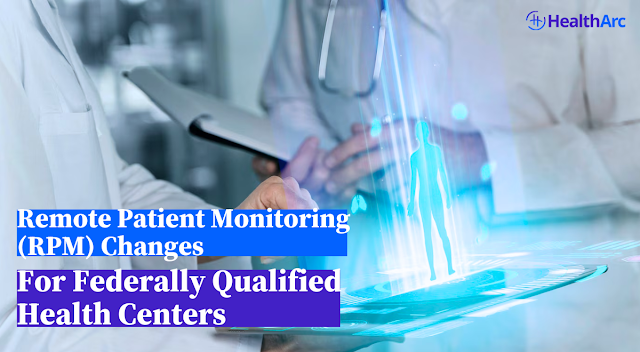The Evolution of Healthcare: The Role of Technology in Improving Patient Care
New healthcare technologies are improving access and
efficiency in patient care, prompting an entire transformation in the industry.
This revolution in healthcare relies on Digital Health Platforms,
revolutionizing engagement between patients and healthcare professionals. Such
platforms as Remote
Patient Monitoring Applications or Healthcare SaaS Solutions, and many
more, are invaluable to providing seamless care. Healthcare is certainly
experiencing significant and progressive changes, including those mentioned
earlier. What is the basis of these changes, and how will they affect the
future of healthcare?
What is Digital Health Platforms?
Digital health platforms are tech-empowered ecosystems that consolidate telehealth consultations, patient documents, and clinical records. Such platforms enable practitioners to manage patient data for precision medicine and therefore provide digital healthcare services more effectively. Unlike traditional models, these cloud-hosted platforms offer limitless scalability and cater to the needs of both healthcare practitioners and patients. Consider for a moment a scenario in which a patient’s physician has access to the patient’s complete medical history, can monitor clinical parameters in real time, and can modify the treatment regimen as needed—all with the click of a button. Such efficiency is what a healthcare software platform can provide.
These platforms are designed to optimize workflows. Healthcare Software Solutions, for
example, helps hospitals streamline appointment scheduling, billing, and
patient communications. These systems lessen administrative burdens, allowing
healthcare providers to concentrate on delivering the best patient care
possible.
How Do Digital Solutions Empower Patients?
Patients are now the focal point thanks to Digital Health Solutions. With intuitive applications and portals, patients can monitor their health metrics, share documents, book appointments, and communicate with their healthcare providers from the comfort of their homes. Patients with chronic illnesses such as diabetes or hypertension can, for instance, use a Remote Patient Monitoring Application to send real-time data to their care team. This allows for more timely responses and reduces the need for hospital visits.
Let's take an example of Sarah, a 45-year-old
suffering from heart disease. Through a healthcare SaaS solution, she uses a
device that continuously monitors her heart rate and blood pressure. Her
physician is notified of any spikes, enabling her to take necessary
precautions. This approach improves outcomes and relieves stress for patients
like Sarah. What, then, is the reason these platforms are so effective for healthcare
providers?
Why Are Healthcare Software Solutions a Game-Changer for Providers?
For healthcare providers, healthcare software solutions are a lifesaver in the modern demanding environment. These technologies streamline the monotonous and time-consuming updating of the patient's data records or report creation. For healthcare providers, a single healthcare software platform can connect with diagnostic devices and electronic health records (EHRs) and even utilize AI analytics for patient risk assessment. Such an arrangement allows for faster data-driven decisions.
Furthermore, Digital Healthcare Services enable
telehealth, which has become a pillar of care today. Use of telehealth surged
by 38% in the U.S. during the pandemic, and it continues to grow. Providers can
now consult patients from one end of the globe to the other, eliminating
geographical limitations. However, what is next for this technology?
What is the future of digital health platforms?
The future of digital health platforms lies in personal
care and seamless interoperability. Healthcare predictive analytics powered by
AI and machine learning will offer more precise forecasts of healthcare trends,
resulting in tailored care plans. Healtharc
SaaS solutions will also be more interoperable, meaning different systems will
be able to “speak” with one another, constructing a holistic healthcare
ecosystem.



%20Changes%20for%20Federally%20Qualified%20Health%20Centers%20(1).png)
Comments
Post a Comment